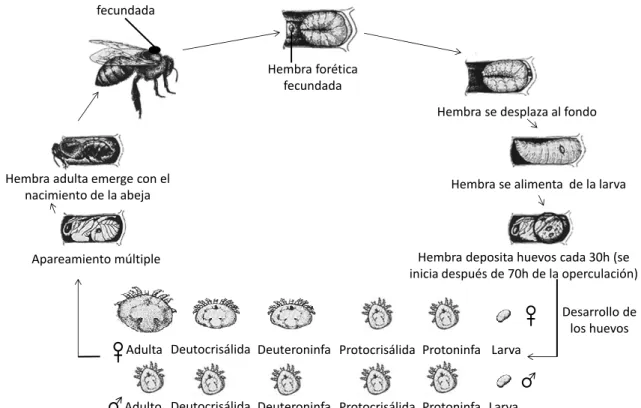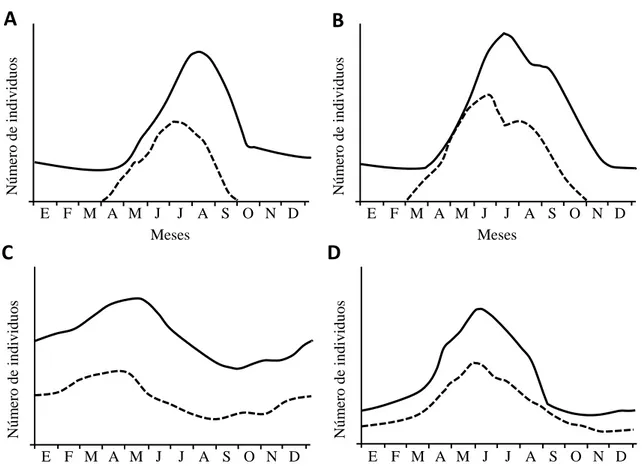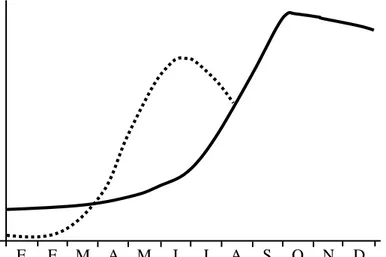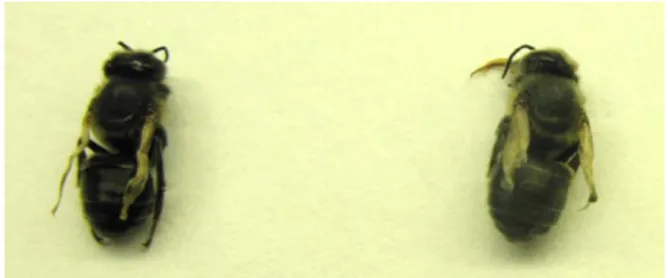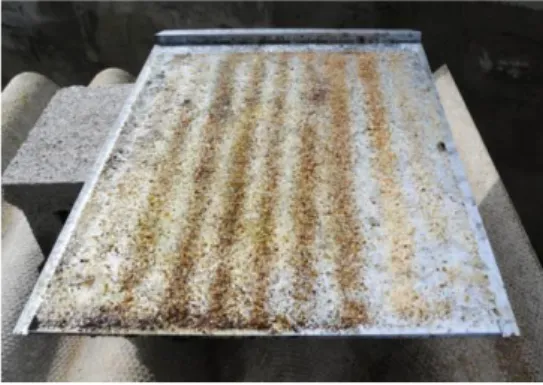Estado sanitario de las colonias de Apis mellifera (Hymenoptera: Apidae) de las Islas Baleares: impacto del parásito Varroa destructor (Acari: Varroidae) y efecto de los tratamientos aéreos con Bacillus thuringiensis Subsp Kurstaki
Texto completo
Figure
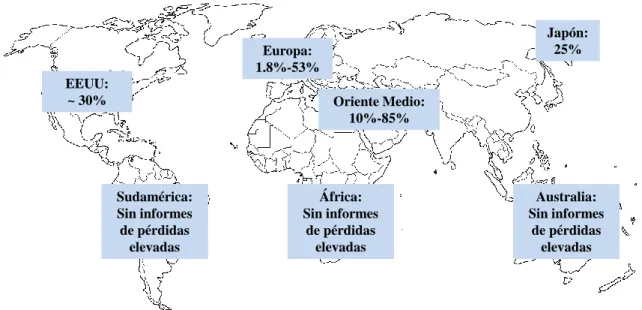
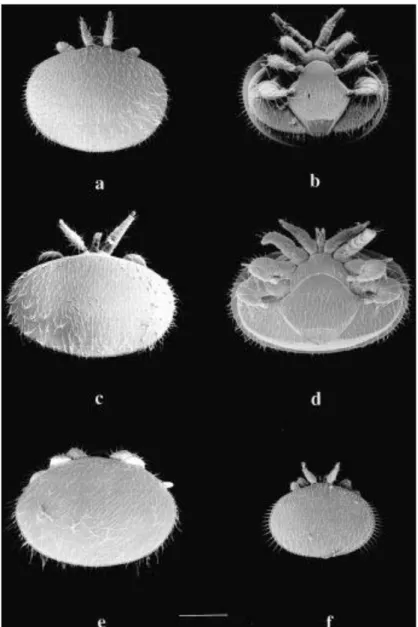
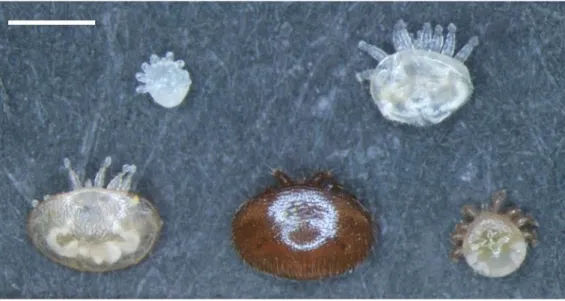
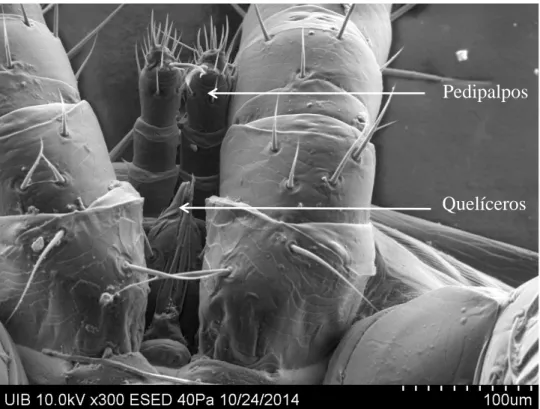
Documento similar
En este estudio el objetivo principal es estable- cer la existencia de relación entre comportamiento higiénico de Apis mellifera e infestación de varroa y, como objetivos
Finally, the third hypothesis stated that “Higher levels of social support will correlate with a better body image.” When observing the measure for social support OSSS-3 and the
Mean (left) and standard deviation (right) of the posterior predictive distribution of the probability of Xylella fastidiosa presence in the demarcated area in Alicante, Spain.. A
The variable national transfer (NT) is the ratio between the number of regula- tory agencies (RA) that exists at time t – 1 in country c and the mean of the number of
Number of Aonidiella aurantii scales per fruit (mean value with standard error bar) at two depths of the canopy (outside, inside), in function of the treatment (V A : adjusted volume,
La presente investigación tuvo como objetivo determinar el índice de infestación por Varroa destructor en colonias de Apis mellifera sin medidas de control, en la provincia
Diversity patterns of Notosuchia across Gondwana As noted above, although close to 75% of the known no- tosuchian diversity is found in South America (Fig. 2), there is a large
This can be done by identifying, creating and editing high-quality teaching materials which bear in mind the sociocultural, political, economic and linguistic contexts;
